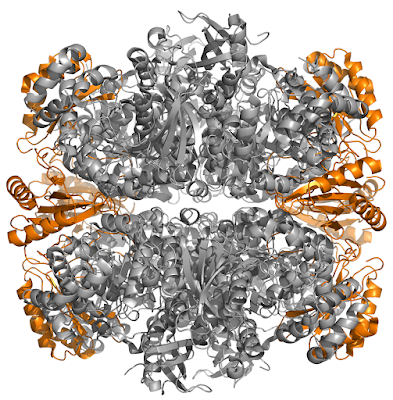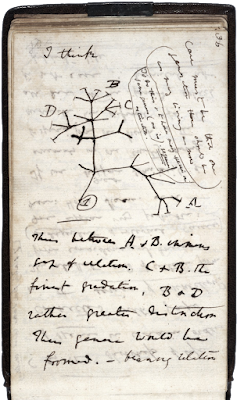Assuming that 1 single rubisco enzyme fixes 3 CO2 molecules per second, then in a year 1 mole of rubisco, weighing about 0.49 tonnes, could fix 4163.69 tonnes of CO2. To fix 37 Gigatonnes of CO2 in one year, it will be necessary 4.35 Megatonnes of rubisco. To produce this amount of rubisco in one year, the rate of production needed is 0.138 tonnes of rubisco per second. I found somewhere that in nature about 1000 tonnes of rubisco are produced per second, so the rate of production would be equivalent to 0.01% of nature’s.
In comparison 300 Megatonnes of plastic are produced each year as of 2013, equivalent to a rate of production of 9.51 tonnes per second.
If you spread the production of 0.138 tonnes of rubisco per second across countries all over the world, then it doesn't really seem like much.
The above example assumed that 1 rubisco could be active for an entire year, but in reality the half-life of rubisco is of several days, which is actually pretty stable. This means the production rate has to be higher than those values to compensate for the inactivation of the enzyme. On the other hand, there are also better rubiscos that can fix more than 3 CO2 molecules per second, so it all balances itself out.
The big question is: can a hybrid system that combines genetic engineer, materials, surfaces, and other industrial technologies be implemented to use the reactions of the Calvin-Benson-Bassham cycle as a CO2 sequestration mechanism? My colleagues at Imperial would probably say NO… but I’m hopeful that we’re only scratching the surface of the technologies that we’ll be able to develop in the near and far future. This system would have to be fully powered by renewables of course (e.g. solar) and it would have to be better than biomass accumulation.
What do you think?
 |
| Nature's carbon capture enzyme, also known as rubisco |






